- Home
- Pumps
Pumps
Pumps are designed for use with specific systems to transfer liquids from one area to another. Sump pumps can remove unwanted water from areas below ground level. Booster pumps can supply water for irrigation systems in agricultural applications. Industrial chemical pumps, or fuel and oil transfer p .....Read More
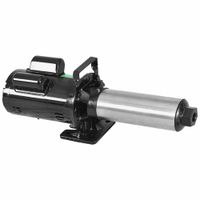
Booster Pumps, Motors, Impellers & Seal Kits
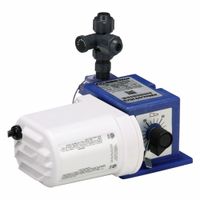
Chemical Metering Pumps
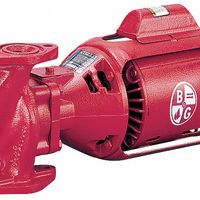
Circulating Pumps, Flanges, Unions & Controls
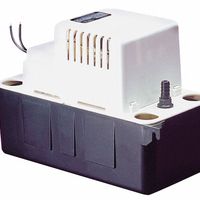
Condensate Pumps & Pan Switches
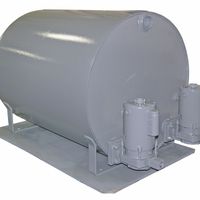
Condensate Return, Boiler Feed & Turbine Pumps
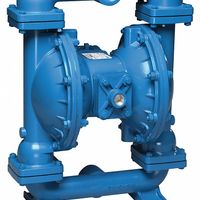
Double Diaphragm Pumps
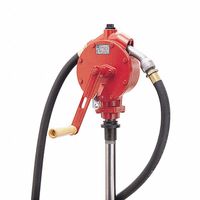
Drum Pumps
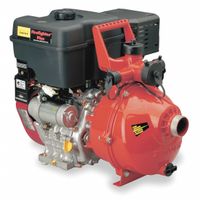
Engine-Driven Fire Pumps
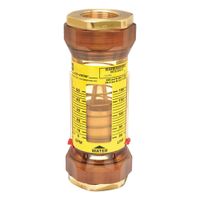
Flow & Level Measurement & Controls
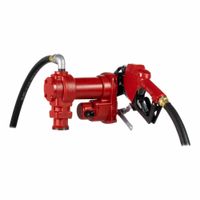
Fuel & DEF Transfer Pumps
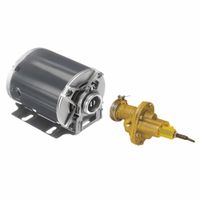
Gear Pumps
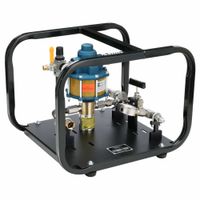
Hydrostatic Test Pumps
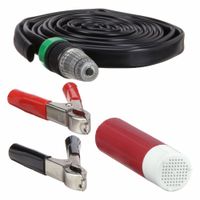
Marine Pumps
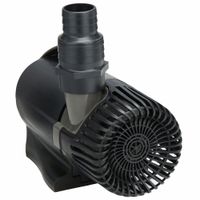
Pond Aeration, Fountain & Waterfall Pumps
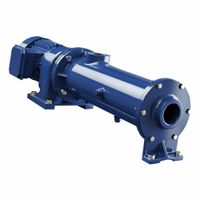
Progressive Cavity Pumps
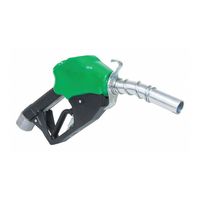
Pump Accessories
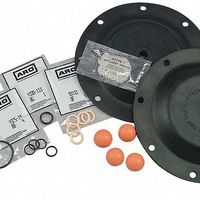
Pump Replacement Parts
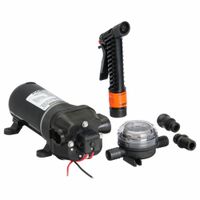
Sprayer & Washer Pumps
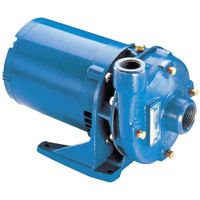
Straight, Self-Priming & Submersible Centrifugal Pumps
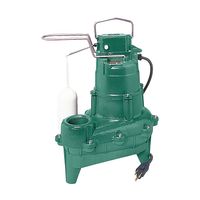
Sump, Sewage & Utility Pumps
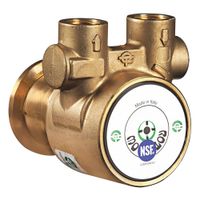
Vane Pumps
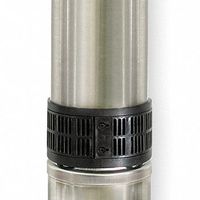
Well Pumps & Systems
Frequently Asked Questions
What are the different types of pumps?
How does a centrifugal pump work?
What is the difference between a centrifugal and a positive displacement pump?
How do I choose the right pump for my application?
What are common pump problems and solutions?
How do I maintain a pump?
What causes a pump to lose prime?
How can I improve pump efficiency?
What is cavitation in pumps and how to prevent it?
What are the main components of a pump?